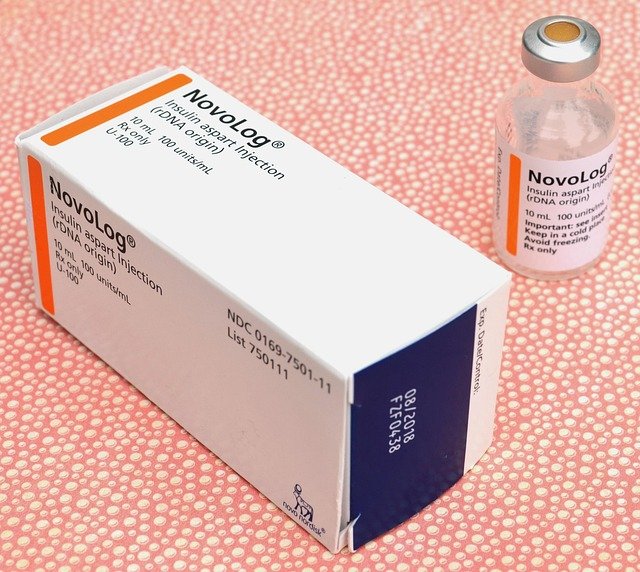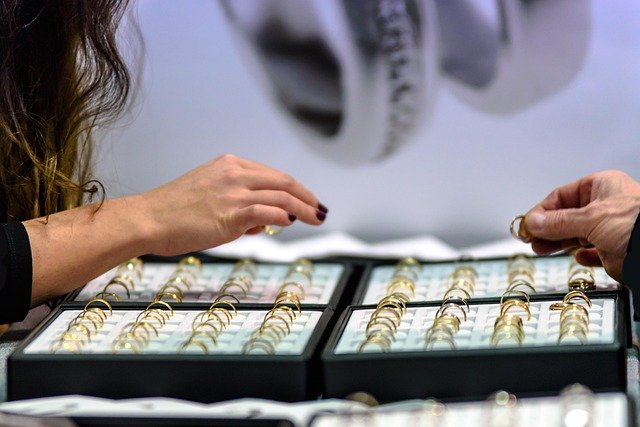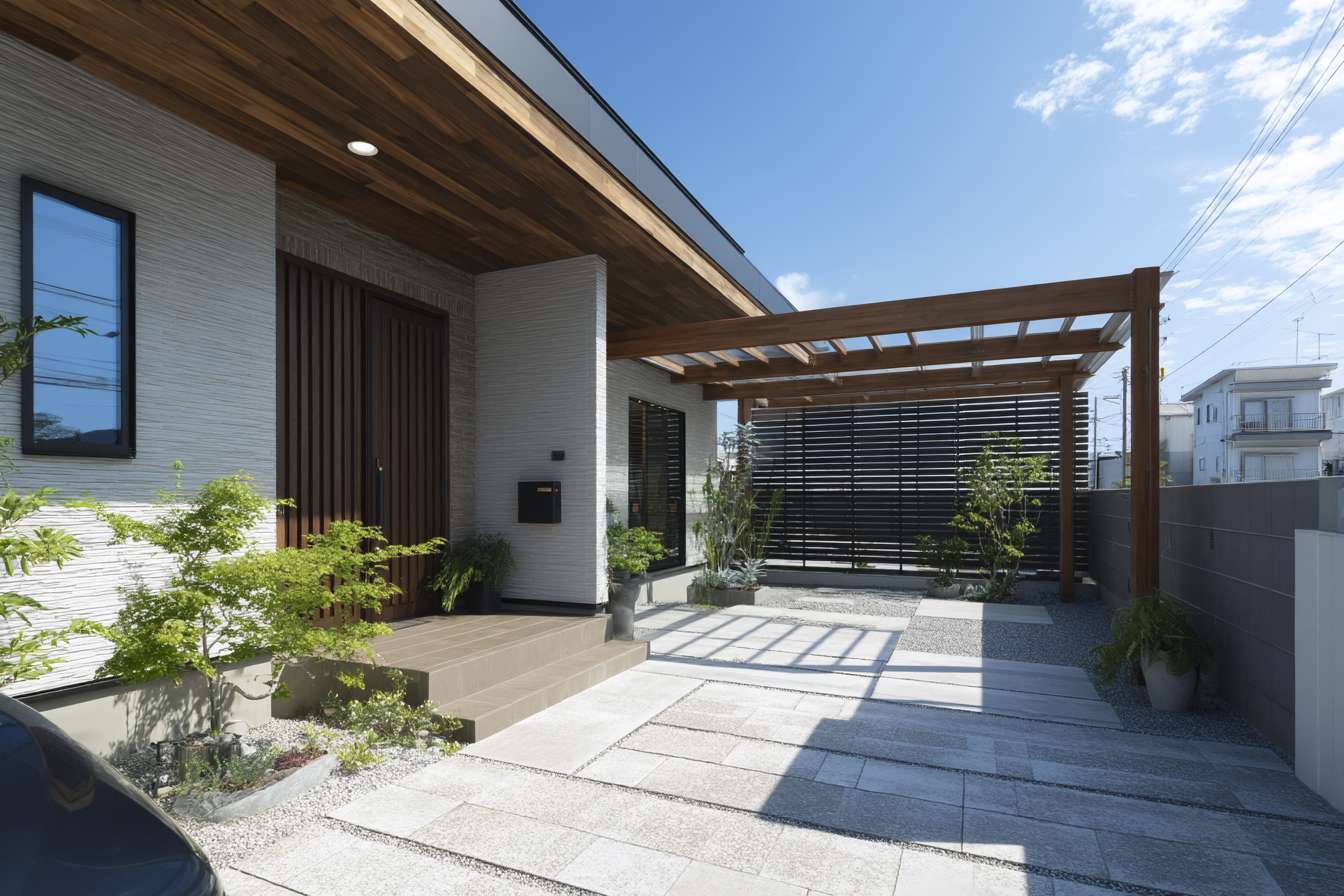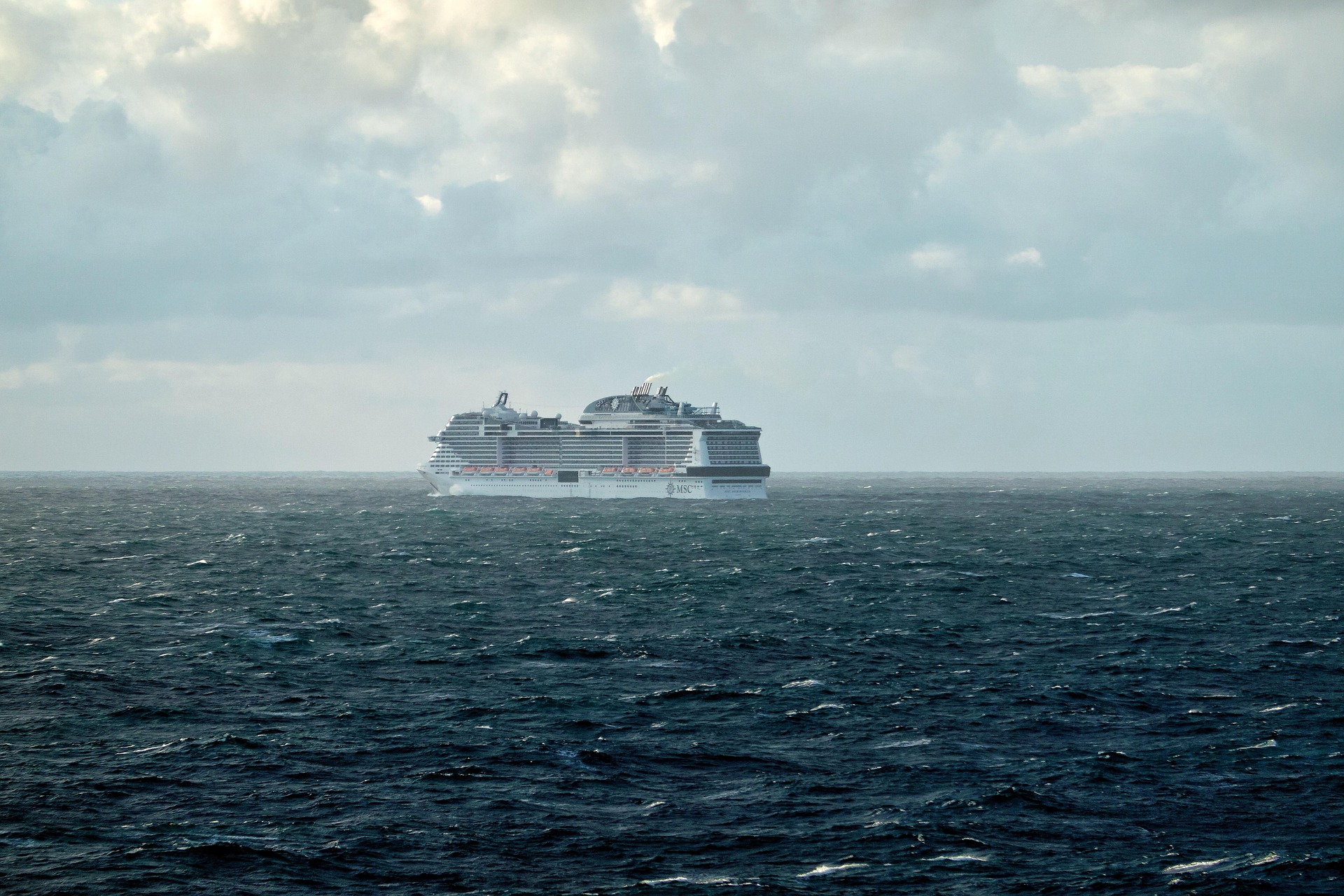Revolutionizing Roofing: The Standing Seam Metal Roof Advantage
Standing seam metal roofs are transforming the roofing industry with their durability, energy efficiency, and sleek aesthetics. This innovative roofing solution offers homeowners and businesses a long-lasting alternative to traditional shingles. As we delve into the world of standing seam metal roofs, we'll explore their benefits, address common concerns, and help you determine if this roofing option is right for your property.
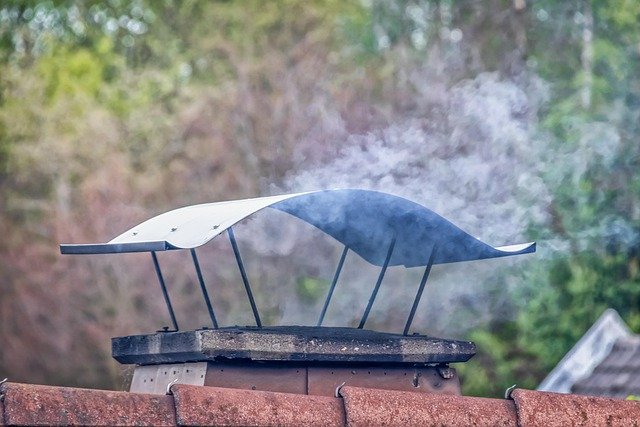
What exactly is a standing seam metal roof?
A standing seam metal roof is a high-performance roofing system characterized by raised seams that run vertically from the roof’s ridge to its eave. These seams are created when adjacent metal panels are joined together, creating a distinctive linear pattern. The panels are typically made from steel, aluminum, or copper, and are designed to allow for thermal expansion and contraction. This unique construction method not only enhances the roof’s weather resistance but also contributes to its modern, streamlined appearance.
Why are standing seam metal roofs gaining popularity?
Standing seam metal roofs are becoming increasingly popular due to their numerous advantages over conventional roofing materials. Firstly, they offer exceptional longevity, with many systems lasting 50 years or more with proper maintenance. This durability translates to significant long-term cost savings for property owners. Additionally, metal roofs are highly resistant to fire, wind, and impact damage, making them an excellent choice for areas prone to severe weather conditions. Their energy efficiency is another major selling point, as they reflect solar radiation, potentially reducing cooling costs in warmer climates.
How do standing seam metal roofs compare to traditional shingles?
When compared to traditional asphalt shingles, standing seam metal roofs offer several distinct advantages. While asphalt shingles typically need replacement every 15-30 years, metal roofs can last twice as long or more. Metal roofs are also significantly lighter than shingles, putting less stress on a building’s structure. In terms of environmental impact, metal roofs are often made from recycled materials and are fully recyclable at the end of their life, unlike asphalt shingles which frequently end up in landfills. However, it’s worth noting that the initial cost of a metal roof is generally higher than that of asphalt shingles, though this can be offset by lower long-term maintenance and replacement costs.
What are the installation requirements for standing seam metal roofs?
Installing a standing seam metal roof requires specialized skills and equipment. The process typically begins with the application of a high-quality underlayment to provide an additional barrier against moisture. Metal panels are then carefully measured, cut, and secured to the roof deck using concealed fasteners or clips. This hidden fastener system is a key feature of standing seam roofs, as it minimizes the risk of leaks and allows for thermal movement. Proper installation is crucial to ensure the roof’s performance and longevity, so it’s essential to work with experienced professionals who are familiar with metal roofing systems.
Are there any unique maintenance considerations for metal roofs?
One of the most appealing aspects of standing seam metal roofs is their low maintenance requirements. Unlike shingle roofs that may need regular repairs or replacement of individual shingles, metal roofs generally require only periodic inspections and basic cleaning. It’s important to keep the roof free from debris and to ensure that drainage systems are clear to prevent water accumulation. In areas with heavy snowfall, snow guards may be installed to prevent large sheets of snow from sliding off the slippery metal surface. While the smooth surface of metal roofs is generally resistant to moss and algae growth, occasional cleaning may be necessary to maintain the roof’s appearance and reflective properties.
What are the cost implications of choosing a standing seam metal roof?
When considering a standing seam metal roof, it’s important to understand the cost implications. While the initial investment is typically higher than traditional roofing materials, the long-term value often outweighs the upfront expense. Here’s a breakdown of average costs and comparisons:
| Roofing Material | Average Cost per Square Foot | Lifespan |
|---|---|---|
| Standing Seam Metal | $8 - $14 | 50+ years |
| Asphalt Shingles | $3 - $7 | 15-30 years |
| Clay Tiles | $10 - $18 | 50+ years |
| Slate | $9 - $16 | 75+ years |
Prices, rates, or cost estimates mentioned in this article are based on the latest available information but may change over time. Independent research is advised before making financial decisions.
While standing seam metal roofs have a higher initial cost, their longevity and low maintenance requirements can result in significant savings over time. Additionally, many homeowners may see a reduction in energy costs and potentially lower insurance premiums due to the roof’s durability and fire resistance. It’s also worth noting that the exact cost can vary based on factors such as the specific metal used, the complexity of the roof design, and local labor rates.
In conclusion, standing seam metal roofs offer a compelling combination of durability, energy efficiency, and aesthetic appeal. While they require a higher upfront investment, their long lifespan and low maintenance needs make them an economically sound choice for many property owners. As with any major home improvement decision, it’s crucial to weigh the pros and cons carefully and consult with roofing professionals to determine if a standing seam metal roof is the right choice for your specific needs and budget.

